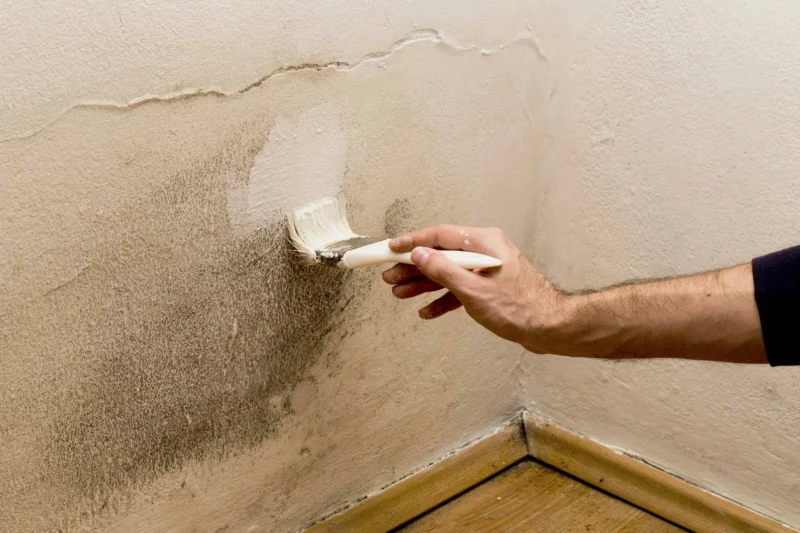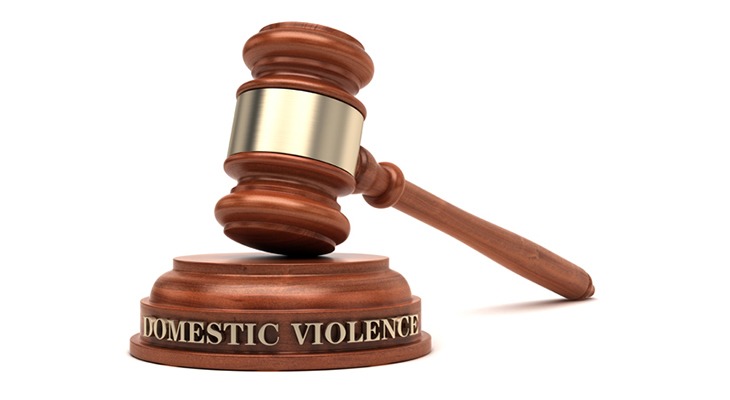Mold testing is an essential practice for maintaining a healthy living environment and preserving the integrity of your property. This beginner’s guide aims to demystify the process of mold testing, providing you with the knowledge and tools you need to ensure your home is safe from the harmful effects of mildew.
Mold is a common issue in many homes and buildings, yet its presence often goes unnoticed until it becomes a significant problem. Mold testing is crucial for identifying hidden mildew and addressing it before it causes health issues or structural damage. This guide is designed for beginners and will walk you through the entire process of mold testing, from understanding what it is to interpreting the results of your tests.
It thrives in moist environments and can spread quickly through spores. Mold is not only unsightly but can also cause structural damage to your property. Detecting and addressing it promptly is crucial to prevent its spread and mitigate its potential harm. Mold comes in various types, some of which can be hazardous to health, making it essential to identify and eliminate it and that’s why you need to visit http://www.tampbaymoldtesting.com/.
Health Risks of Mold

Exposure to mold can lead to various health problems, especially for individuals with allergies, asthma, or compromised immune systems. Mold can cause respiratory issues, allergic reactions, and in severe cases, serious lung infections. This makes mildew testing not just a matter of property maintenance but also a critical health precaution. Regular mildew testing helps identify and address these problems before they escalate into serious health risks. Certain types of mold, like black types, are known to produce toxins that can be particularly harmful. Long-term exposure to these toxins can lead to neurological issues and chronic respiratory conditions.
When to Consider Mold Testing
Mold testing is necessary if you notice signs like musty odors, visible mold growth, or recent water damage. Other indicators include unexplained health symptoms like persistent coughing or allergies, especially after spending time in a particular area of your home. If you’ve experienced flooding or leaks, it’s also prudent to test for mildew, as these conditions are ripe for mold growth. Additionally, consider this testing during real estate transactions to ensure the property is mold-free. This is particularly important in humid climates or older homes where mildew is more prevalent.
Types of Mold Testing
Mold testing can be done through DIY kits or by hiring professionals. DIY mold testing is less expensive and can be a good starting point for detecting mold. However, it may not be as comprehensive as professional testing. Professional mildew inspectors use advanced equipment and techniques to accurately identify the types and the extent of the infestation. These methods include air sampling, surface sampling, and bulk sampling, each providing different insights into the mildew problem. Professional testing is particularly important when dealing with extensive growth or when the type present needs to be precisely identified for effective remediation.
DIY Mold Testing

For a basic DIY mold test, purchase a reliable mildew testing kit from a hardware store. Follow the instructions carefully, which typically involve collecting samples from the air or surfaces. Ensure you wear protective gear and avoid contaminating the samples. While DIY tests can indicate the presence of mildew, they may not identify the type or concentration. These tests can be a good first step in detecting mildew presence, but they are not a substitute for professional evaluation, especially in cases of severe infestations.
Hiring a Professional
Hiring a certified mold inspector is advisable for a thorough assessment. Professionals have the expertise and equipment to conduct detailed tests and identify specific mildew types. When choosing a mildew inspector, look for certifications and reviews to ensure their reliability and expertise. A professional can also provide advice on remediation strategies and help prevent future mildew problems. They use tools like thermal imaging to detect moisture issues that are not visible to the naked eye, ensuring a more comprehensive assessment.
Preparing for Mildew Testing
Prepare your home for mold testing by cleaning and decluttering the area to be tested. Identify potential problem areas where mildew is likely to grow, such as damp or poorly ventilated spaces. This preparation ensures more accurate results and helps the inspector or DIY test to identify the problem areas effectively. Make sure to fix any leaks or moisture problems before the test to prevent false negatives. Inform the tester of any specific areas where you suspect mildew growth.
Conducting the Mold Test

To conduct the mold test, follow the instructions of your DIY kit or work with the professional you’ve hired. Safety is paramount, so wear protective gear if doing it yourself. Collect samples from various areas, especially where mildew growth is suspected. Ensure that all equipment used is sterile to avoid contamination. Be thorough in your testing – sample multiple areas to get a complete picture of the mildew situation. If using a DIY kit, take samples at different times of the day to account for variations in mildew spore concentration.
Interpreting the Results
Understanding the results of a mold test can be challenging. The results will show the types and concentrations of mildew present. Familiarize yourself with common mildew species to better understand the implications of your results. If using a DIY kit, consult with a professional if you’re unsure about the results. Results may indicate the need for remediation or further investigation. If toxic mildew species are detected, it is crucial to take immediate action.
Addressing Mildew Problems
If the test results indicate mold presence, act promptly to address it. For small areas, DIY removal methods, such as cleaning with mildew-killing solutions, can be effective. However, for larger infestations or toxic mildew types, it’s best to hire professionals for safe removal. They have the necessary equipment and expertise to handle extensive or hazardous mildew infestations safely. Addressing mildew promptly can prevent it from spreading and causing more significant damage to your property and health.
Preventing Future Mold Issues

To prevent future mold problems, maintain a dry and well-ventilated environment in your home. Regularly inspect for leaks, condensation, and other sources of moisture. Regular cleaning and maintenance go a long way in preventing mildew growth. Use dehumidifiers in damp areas and ensure good air circulation throughout your home. Check for proper ventilation in areas like bathrooms and kitchens, where moisture is common.
Conclusion
Mold testing is a vital practice for maintaining a healthy home. This guide provides a comprehensive overview for beginners, from understanding mildew to addressing and preventing it. If you suspect mildew issues in your home, don’t hesitate to take action using the knowledge you’ve gained from this guide.
Related Posts:
- How to Respond to a Debt Collection Letter: 10 Legal…
- Is the PTE Exam a Challenge? Effective Preparation…
- How to Write a Business Plan for a Loan: Tips for Success
- What Is Post-Secondary Education: A Comprehensive…
- 16 Tips on How Do You Write a Work Instruction…
- Influencer's Handbook: Monetization Strategies for…













